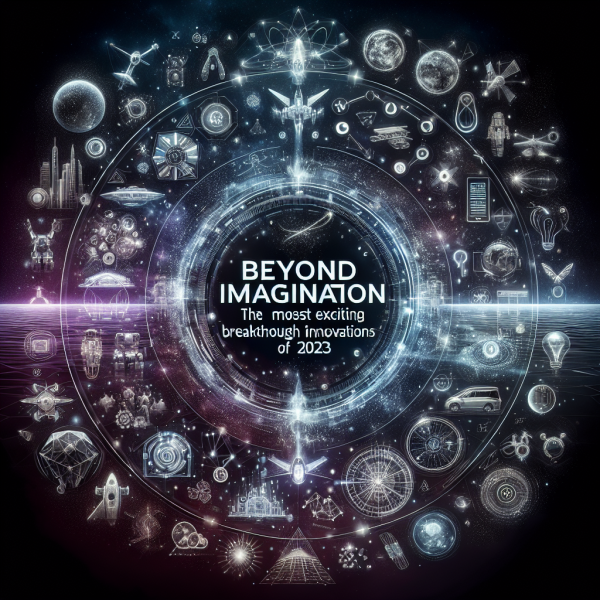Fintech Innovations: How Technology is Disrupting Traditional Banking Systems
The emergence of financial technology, commonly known as fintech, has transformed the banking landscape in recent years. Fintech innovations have not only revolutionized how consumers interact with their finances but have also prompted established banking institutions to re-evaluate their operations and adapt to a rapidly changing environment. As technology continues to evolve, traditional banking systems are facing significant disruption, paving the way for a more inclusive and efficient financial ecosystem.
The Rise of Fintech
Fintech encompasses a broad spectrum of technological advancements applied to the financial services sector. From mobile banking apps and digital wallets to blockchain technology and robo-advisors, fintech has created new opportunities for consumers and businesses alike. The global fintech market has witnessed exponential growth, with investments in the sector skyrocketing. In 2021 alone, global fintech financing surpassed $100 billion, signaling robust investor confidence and consumer demand for innovative financial solutions.
Key Fintech Innovations
-
Mobile Banking and Payment Solutions
The proliferation of smartphones has facilitated the rapid adoption of mobile banking applications. Consumers now have the ability to manage their accounts, transfer money, and make payments from the palm of their hand. Payment platforms like Venmo, PayPal, and Square enable quick and secure transactions, diminishing the need for cash or physical credit cards. This shift has also ushered in the era of contactless payments, enhancing convenience for both consumers and merchants.
-
Peer-to-Peer Lending
Peer-to-peer (P2P) lending platforms have emerged as alternatives to traditional banking loans. By connecting borrowers directly with individual investors, fintech companies like LendingClub and Prosper reduce the costs associated with intermediary lending. P2P lending democratizes access to credit, making financing available to underbanked populations and small businesses previously overlooked by traditional banks.
-
Robo-Advisors
Wealth management is undergoing substantial change thanks to robo-advisors, which use algorithms to manage investment portfolios. Services like Betterment and Wealthfront offer automated financial advice at a fraction of the cost of traditional financial advisors. This accessibility empowers users to invest and grow their savings, regardless of their wealth level.
-
Blockchain and Cryptocurrencies
Blockchain technology has the potential to revolutionize banking by providing secure, transparent, and tamper-proof transaction records. Cryptocurrencies like Bitcoin and Ethereum offer alternative stores of value and means of transaction outside the control of traditional financial institutions. As more consumers and institutions embrace digital currencies, banks are compelled to explore blockchain partnerships, enhancing transaction efficiency and security.
- Open Banking
Open banking allows third-party financial service providers to access customer data held by banks, promoting innovation and competition. Through application programming interfaces (APIs), fintech companies can offer consumers a broader range of financial products tailored to their needs. This customer-centric approach is challenging banks to enhance their offerings and improve user experience.
Challenges for Traditional Banking Systems
The disruption caused by fintech innovations presents several challenges for traditional banks:
-
Customer Expectations
Modern consumers demand seamless, personalized experiences. Banks are under pressure to modernize their offerings and keep pace with the convenience provided by fintech companies.
-
Data Security and Privacy
With the increasing use of digital platforms for financial services, concerns around data security and privacy have intensified. Banks must enhance their cybersecurity measures to protect customer information against breaches and fraud.
-
Regulatory Compliance
As fintech companies grow, regulators are increasingly scrutinizing their operations. Traditional banks must navigate a complex regulatory landscape while adapting to new fintech-driven compliance standards.
- Adapting to Change
Established banks often struggle with legacy systems that hinder their ability to innovate quickly. To remain competitive, many financial institutions are investing in technology partnerships, in-house innovation labs, and digital transformation initiatives.
The Future of Banking
The future of banking is likely to be characterized by collaboration between traditional financial institutions and fintech companies. Many banks are now adopting hybrid models, where they leverage fintech innovations to enhance their traditional services while also maintaining their legacy structures. This collaborative approach can drive innovation, improve customer experiences, and ultimately lead to a more robust and adaptable financial ecosystem.
As technology continues to advance, the potential for disruption in the banking sector will only increase. Fintech innovations are not merely competition for traditional banks; they are catalysts for change that can result in better financial products and services for consumers. Embracing these changes while being mindful of regulatory requirements and security concerns will be crucial for the evolution of banking in the digital age.
Conclusion
Fintech innovations are undeniably reshaping the financial landscape, posing both challenges and opportunities for traditional banking systems. As the sector continues to evolve, the key to success will lie in adaptability, collaboration, and a steadfast commitment to meeting the needs of consumers in an increasingly digital world. Traditional banks must candidly embrace fintech as a partner in innovation rather than a rival, ensuring their relevance in a rapidly transforming financial ecosystem.














